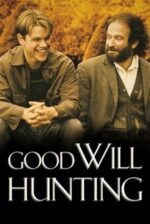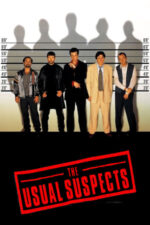Lost & Found: Why Flashbacks Still Matter (and How They’ve Evolved)
Isn’t it fascinating how a simple narrative technique – the flashback – can be so powerful? We've all seen them, of course. That sudden shift in time, that hazy visual cue, and bam - we're transported to another moment. But beyond just being a plot device, flashbacks offer filmmakers (and us, the audience) a unique way to explore character, theme, and even challenge our understanding of reality itself.
Think about it: memory isn’t linear. It’s fragmented, emotional, often unreliable. The best uses of flashback reflect that truth. Take The Face I Can't Forget, for example. Mia’s amnesia isn’t just a plot contrivance; it’s a visual representation of how trauma can shatter our sense of self and leave us grasping at pieces of the past. Those fragmented flashbacks, those glimpses of a daughter she doesn’t consciously remember, are far more compelling than a straightforward recounting of events ever could be. They create this delicious tension – is what we're seeing real? Is it a delusion?
And it's not just about dramatic reveals. In Five Years, the flashback isn't necessarily about uncovering a shocking secret, but rather about illuminating the choices that led Alex to his current state of disillusionment. It’s less about “what happened” and more about "why he is who he is." It’s a quieter, more introspective use of the technique – reflecting how filmmakers are increasingly using flashbacks not just for plot advancement, but for character depth.
Interestingly, flashbacks have evolved beyond simple exposition. Retreat to You uses them sparingly, almost as echoes of past hurts that resurface during moments of intense pressure between Abby and Sean. They’re less about explaining their history and more about highlighting the emotional baggage they carry. And in Oh, Canada, Leonard Fife's flashbacks aren't neatly packaged memories; they are interwoven with his present-day reflections, blurring the lines between past and present as he confronts a lifetime of choices.
Even films that don’t explicitly label something a “flashback” can employ similar techniques. The unsettling scene in More of a Beer Girl, where the young woman is abruptly pulled back to her childhood trauma during a date, feels like a flashback – but it's presented as an intrusion, a visceral reminder of past pain disrupting the present. It’s a powerful way to convey the lingering impact of abuse without relying on lengthy explanations.
Ultimately, the power of the flashback lies in its ability to disrupt our expectations and offer us a deeper understanding of the human experience. They remind us that the past isn't something we simply leave behind; it shapes who we are, haunts our present, and informs our future. So next time you see one – really look at it. Consider what it’s trying to tell you beyond just “what happened then.” You might be surprised by what you discover.






































